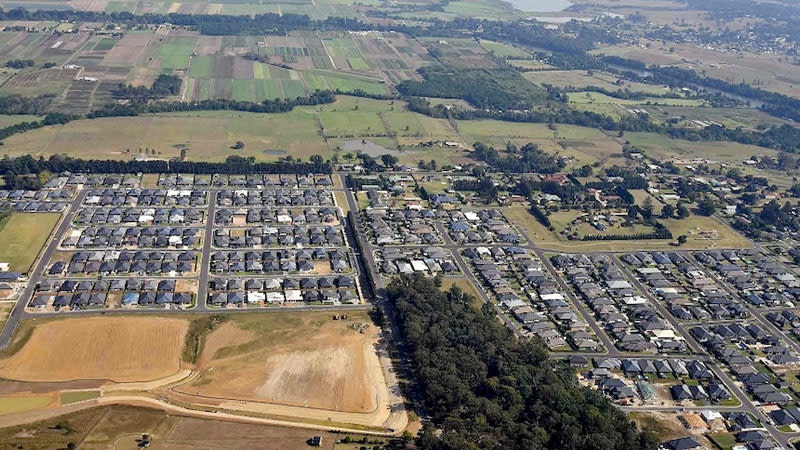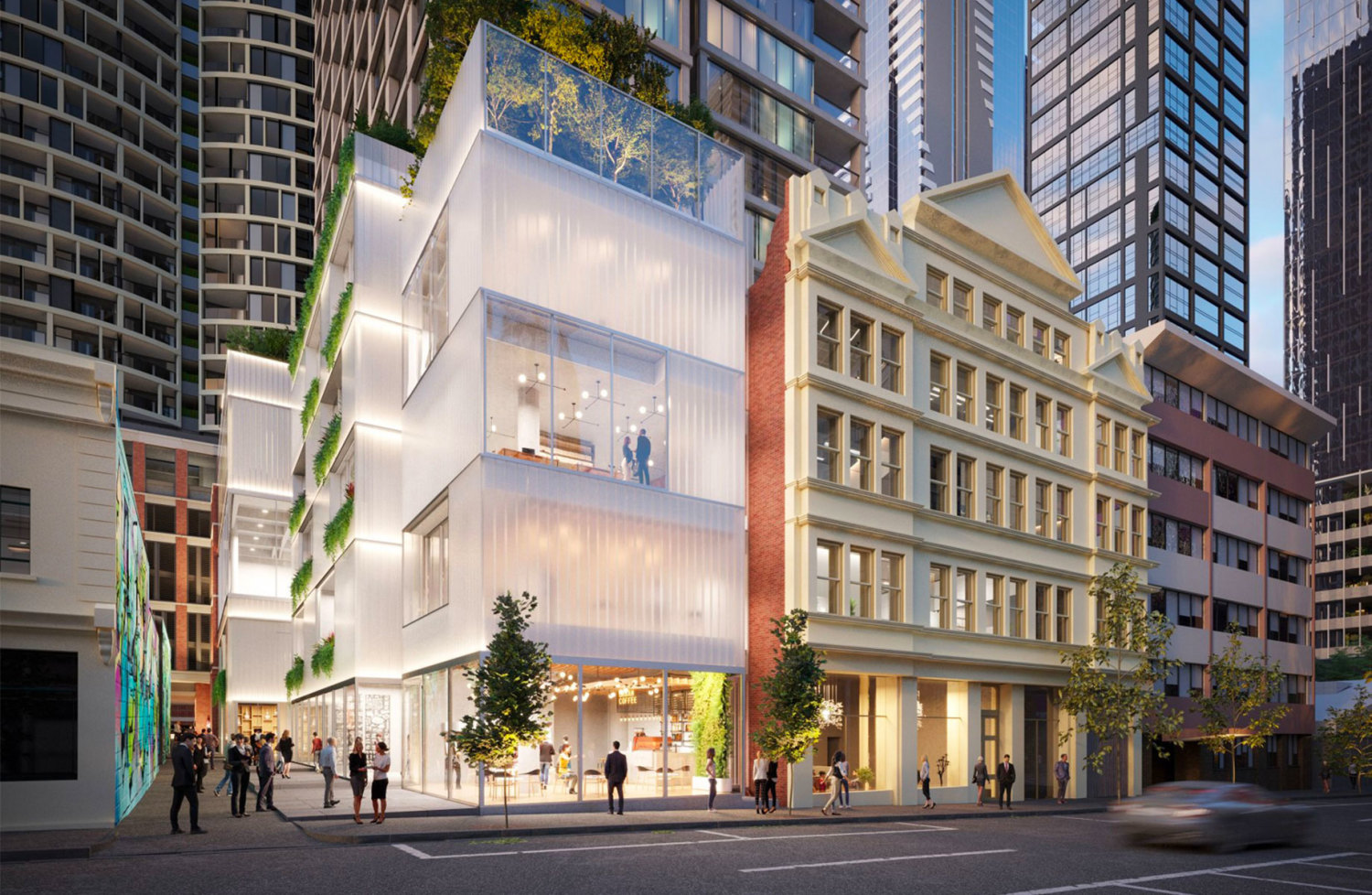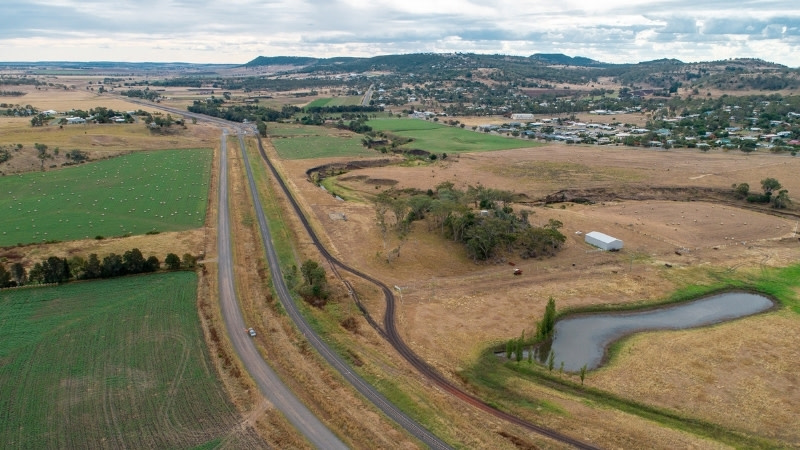Resources
Newsletter
Stay up to date and with the latest news, projects, deals and features.
Subscribe
As the industry continues to be battered by a construction crisis in full flight and housing affordability issues, the industry will be looking to the Federal budget for hope.
Ahead of the handing down of this year’s Budget by Treasurer Jim Chalmers on Tuesday, The Urban Developer details what we know about the policy and funding decisions that will most affect the property industry.
The housing affordability crisis as well as the high demand for affordable rentals is a key concern for developers who want to get projects through planning and the construction phase as quickly as possible.
This is being stymied by the increase in labour shortages and construction and material costs, leading to an ever-growing list of builders going under.
But there’s some good news in the Budget with the Federal government poised to invest $2 billion in social and affordable housing through the National Housing Finance and Investment Corporation.
It will come as a welcome move for developers ready to work with federal and state governments to deliver social and affordable housing or who are keen to include a component of this sub-sector in projects already in their pipelines.

More good news is that siblings and friends will be able to team up for first homebuyer programs and initiatives.
This will open up the market to a different type of buyer, allowing those who may have been unable to afford housing alone to pool resources.
It means developers will need to consider designing homes to meet the needs of this segment with occupants wanting separate bedrooms and a degree of independence within their shared asset.
It seems likely developers will need to start prioritising two-bedroom units and houses to take advantage of this emerging market segment.
Prime Minister Anthony Albanese has previously raised that renters’ rights will be addressed in the Budget with limits around the frequency and size of rent increases.
“The Budget is expected to provide more details on joint Commonwealth—state policies to strengthen housing growth, rental rights and migration policy,” Commonwealth Bank of Australia chief economist Stephen Halmarick said in his Budget preview report.
“The imperative to build more housing and apartments will be highlighted by expectations that net migration into Australia will reach 400,000 in the year ahead—a significant rise from the previous estimate of 235,000.
“Foreign students are estimated to account for almost half of the net migration intake.
“While this is a positive for the education sector and labour market supply, it will likely put significant pressure on the housing/student accommodation market.”

Another recent welcome announcement for developers is the halving of the MIT withholding tax cut for build-to-rent projects that will come into effect after July 1, 2024.
The Federal government will undertake a review of the current $120-billion infrastructure project pipeline, citing mismanagement by the previous government as a major motivation.
Stakeholders in the sector are divided as if this is a good thing or not as many projects are likely to be scrapped.
Federal infrastructure minister Catherine King told The Urban Developer that stakeholders within the industry would be invited to participate in the 90-day review, which is due to announce its findings in December, 2023 during the next budget update.
“The review will engage with relevant industry stakeholders,” she told The Urban Developer via email.
King also confirmed that projects currently under construction will continue.

This includes part of the Inland Rail project currently being built in regional New South Wales, which itself was recently the subject of a scathing review.
The axing of projects has the potential to cause more uncertainty and financial pressure within the industry, Australian Construction Association chief executive Jon Davies says.
“Developing teams and capabilities that are equipped to bid and deliver large projects can take years, and once assembled, it is difficult to re-allocate them, particularly if there is a widespread deferral of projects,” Davies says.
“If projects are cut, governments must take action to reallocate a proportion of the saved funds to help industry by compensating contractors who have incurred significant additional costs without any fault of their own and currently lack contractual relief.”
But Engineers Australia chief executive Romily Madew says a review will help provide transparency and ensure that only the infrastructure projects that are of the highest value to the public will be prioritised.
“This is critical to helping ensure spending doesn’t further fuel current economic challenges,” Madew says.
“Australia’s construction sector is already at a breaking point and rising materials costs and labour shortages have caused budgets to blow out and project slippage.”
King has also said that there would not be enough money to complete all 800 infrastructure projects announced since Labor was last in power.
It also gives developers three months to reassess their plans if they have projects that are yet to begin construction.
While not overly obvious, policy and funding decisions around defence spending have the potential to affect development with many taking up opportunities in the sector.
But more than 30 defence projects may be scaled back, delayed or scrapped as the Federal government reviews what exactly is needed for Australia’s national security.
Many existing facilities are in need of upgrading, ranging from bases and housing to training and research facilities.
The Federal government has also announced that it needs to save $7.8 billion and find $19 billion to proceed with the projects it deems are necessary.
It will mean some developers may find their contracts terminated, delayed or renegotiated as the scope changes.

The Defence Strategic Review completed in April this year said that 21 projects will be rescoped.
Six projects involving upgrades and refurbishments to offices and bases will be delayed while six other projects will be scrapped.
According to the review, the previous government left $42 billion in defence spending promised but otherwise not accounted for and with no indication of where the money would be drawn from.
Defence spending is still on track to rise above 2 per cent of GDP and is currently set at $48 billion per year.
Deloitte’s Access Economics’ latest Budget Monitor report makes the point that the government wants to focus on increasing spending in just seven key areas, one of which is defence.
It also points out that revenue will eventually have to match spending but that a tough call has to be made to fund what is necessary sooner rather than later.
“The budget implications of the recent Defence Strategic Review are a potential case in point,” the report says.
“That the additional $19 billion required over the next four years to fund the review’s recommendations will come from within the existing Defence budget is welcome.”
Although the full list of what might affect the property industry will only be known when the Budget is handed down, there are other decisions that may have an impact on the industry.
A minimum wage increase is on the cards for temporary skilled migrants with some thinking it may decrease numbers slightly.
Whether this affects the housing market to a significant extent is yet to be determined.
Funding of $65 million to build a stadium in Hobart has also been announced, as has $262.3 million for upgrading national parks, which potentially has ramifications for accommodation and hospitality ventures.
You are currently experiencing The Urban Developer Plus (TUD+), our premium membership for property professionals. Click here to learn more.
